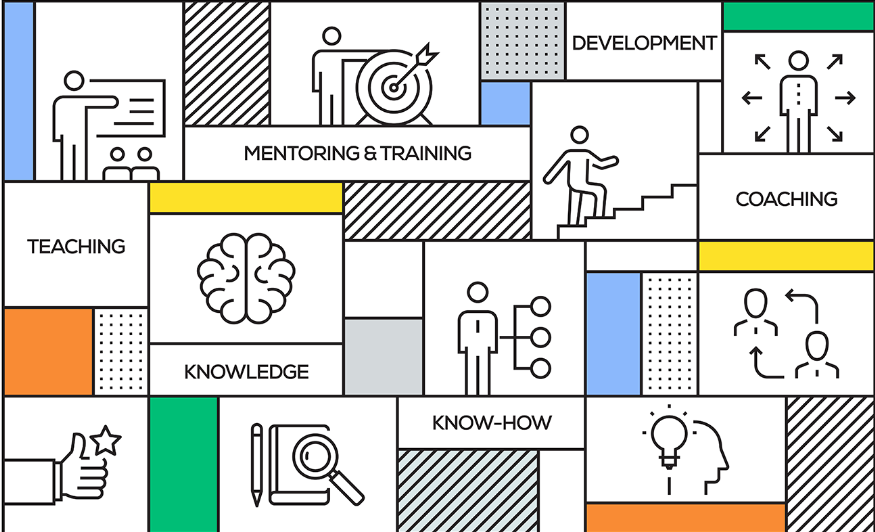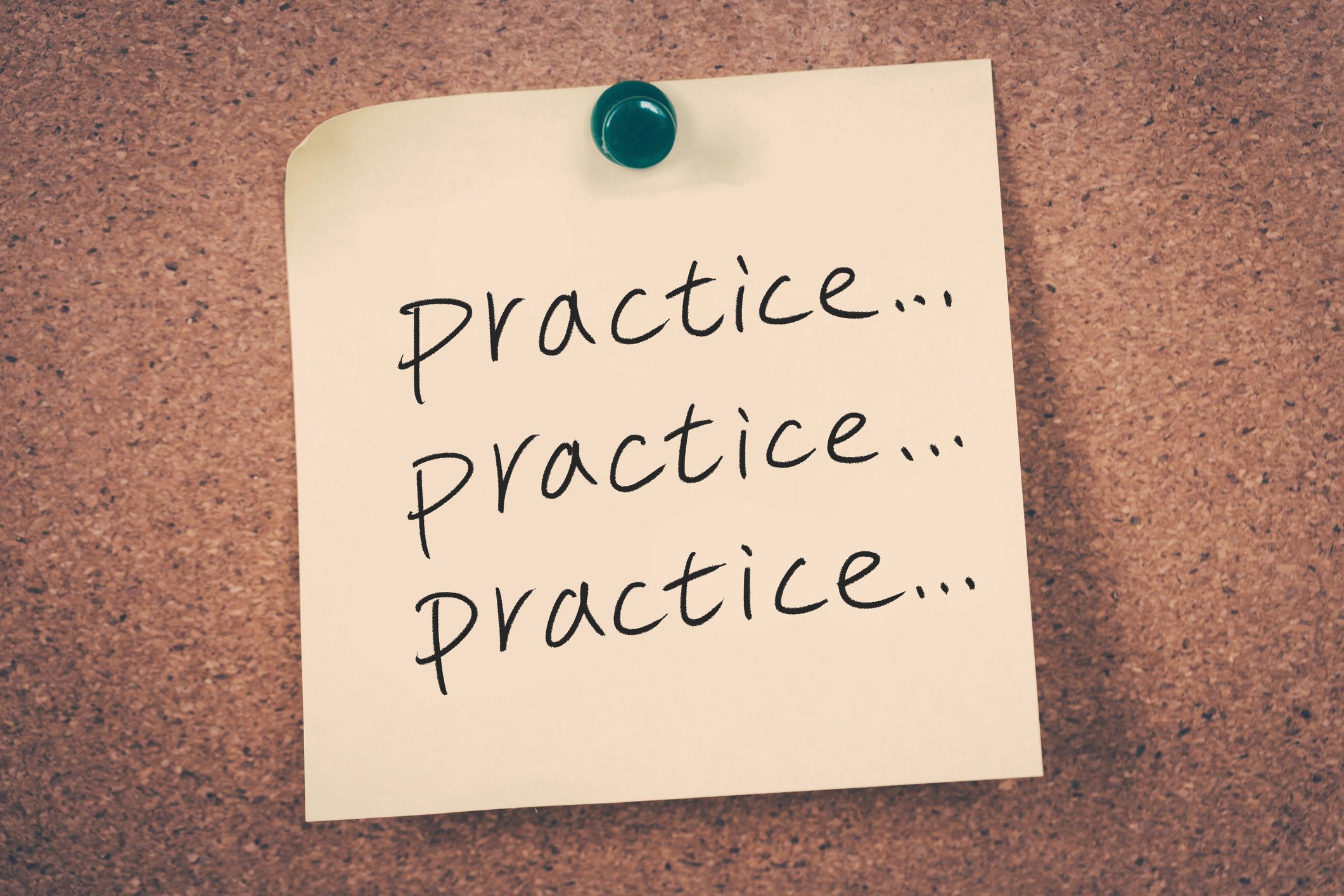
Adult Learning Theory understands that adults have their own, unique way of learning. In childhood and adolescence, self-concept is still developing, but for adults who learn in the workplace or at professional development seminars, they are more independent and learn best when they draw on experience. Seeing a direct connection between what they are learning and their day-to-day activities tends to help adults learn as well.
According to Speck (1996), in addition to drawing on experience and seeing a connection, adult learners also need opportunities to practice what they learn in order to grasp concepts. Memorization tends to be less effective when learning facts and information. Adult learners are busy, practical, and learn by doing. Practicing their learning can be instrumental in fully understanding concepts!
Eliminate the fear factor
A major deterrent for adults willingness to learn something new is fear—fear of failure. As professional learning providers (department chairs, teacher-leaders, supervisors, etc.), we must reduce the fear factor. Think back to when you just learned something new, possibly a new digital resource or project technique. Did you get everything right the first time implementing this new thing? Most of us probably made a few mistakes here and there due to learning curves or misunderstanding, but that was part of the process! Giving educators time to immediately practice after they have learned how to use a new resource or a teaching concept will help eliminate fear associated with “messing up.” However, this is often easier said than done for educators who lead seminars. How do we provide practice time and opportunity in our professional learning experiences?

Practice makes perfect
A lot depends on the training and its complexity, but the more we can build practice into our training sessions the more competent adult learners become. Their feelings of competence will lead to greater implementation of their new learning, .
Here are a few ways we might offer learners an opportunity to practice during the training:
1. Turn-n-Talk are quite popular with teachers. The directions are straightforward: turn to a person near you and tell them what you have learned so far. Then, switch roles and let them tell you what they have learned so far. At the conclusion, learners may realize they still have unanswered questions. Have pairs share their responses with the rest of the session. This is a form of formative assessment too. You can determine if what they have learned is matching the goal of the learning and it will also provide you with clues as to if some information wasn’t grasped, providing you with the opportunity to reteach before moving on.
2. Another method we can use is one where we model or demonstrate “how to” and then provide opportunity for the learners to apply their learning in a similar way. For instance, when teaching our learners how to analyze a visual primary source, we would begin by asking, “what do you see.” Based on the previous knowledge stated, the facilitator would then demonstrate how to analyze the source, using descriptive vocabulary that includes their thinking while analyzing. Then, have the adult learners apply the same skill. As a formative assessment, we might ask groups of teachers to share what they found with each other. As the facilitator, we can walk around and drop-in on each conversation to ensure everyone is getting the idea of visual analysis.
You will find that adult learners are very appreciative of having time to practice. When planning your next professional learning session, consider how learners can practice their learning while support is available. Just as teachers provide opportunities for students to experience learning, professional learning can benefit teachers through practice and experience.
Seeking more curriculum and activity resources?
Learn more about our professional development series to support your teaching
References
Speck, Marsha. (1996) “Best Practice in Professional Development for Sustained Educational Change.” ERS Spectrum, vol. 14, no. 2, 1996, pp. 33–41., doi:10.4135/9781446247150.n15.
Pam Gothart has been in education for 22 years including teaching high school social studies, and spent 12 years as a history director. Pam holds an Ed.S. from Samford University, where she focused her study on professional learning. She is passionate about education and helping teachers to be unique and effective leaders.